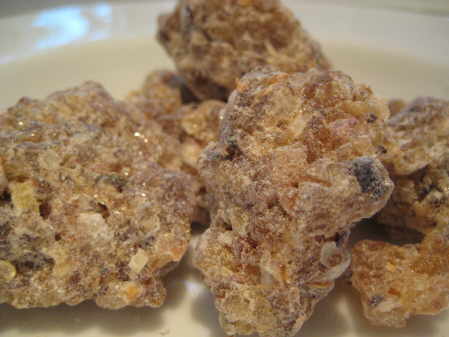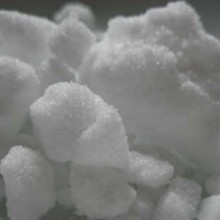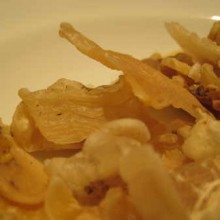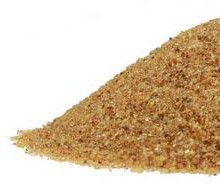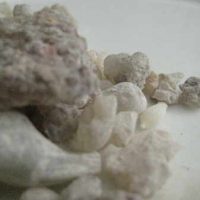Frankincense Maydi is considered by many to be the finest of all the Frankincense in the world – from the botanically named Boswellia frereana species of Somalia. It is quite unique, much treasured and extremely rare and difficult to get hold of. Most of the production is snapped up by the Saudi Arabian merchants – up to 95% and the remaining 5% generally goes to the largest and richest Parisian perfume houses.
The tree is known as Yagcar by the Somalis, Yegaar in Yemen and Luban Lamiin Arabic.
Frankincense Maydi is considered to be superior to other frankincense varieties by the Somalis and Arabians. Historically over 90% of its annual yield is imported by Saudi Arabia where it is highly regarded as a prestigious chewing gum amongst other uses such as purification. As a matter of interest Frankincense gum is very good for gum health.
Frankincense Maydi is found only on the steep vertical slopes of coastal Northern Somalia.
Similar to other Frankincense trees, Boswellia frereana favours soil rich in limestone and it thrives in the hot climate of Somalia, but unlike other species it requires good access to water and rainfall. Attempts have been made to introduce the species to Kenya and Southern Yemen with little success so far.
Frankincense Maydi is sorted in eight grades consisting of mushaad, mujarwal, fas kebir (kabeer), fas saghir (saqeer), jabaanjib, shorta, slif and foox in order from best quality to least.
The top four grades have up till now exclusively been exported to Saudi Arabia for chewing gum and the remaining grades are exported to China for use in medicine and France, Germany and England for use as incense in religious ceremonies.
This product is a blend of the four top grades usually found only in Saudi Arabia. It has a deeper, more balsamic and resinous aroma than the popular Boswellia sacra and more common Boswellia carterii species but with its own wonderful light and lively top notes.
This resin is made up of roughly 65% gum, 30% resin and 4% essential oil. The crude resin of frankincense can be treated in one of two ways to produce liquid aromatics. The resin is soluble in chemical solvents and the essential oil can be steam distilled. The solvent extraction process produces a viscous, almost solid substance called resinoid. Resinoids are soluble in high-grade, odourless alcohols.
History of Frankincense Maydi:-
Frankincense has been used in perfumes & cosmetics for thousands of years. Today it is used as a fragrance component in soaps, cosmetics, perfumes, and incense.
Frankincense has been treasured for centuries and was burnt as the original incense to appease the gods. It was used by many cultures to treat almost all known ailments. It is botanically related to the tree that the essential oil myrrh is taken from.
The name for this resin likely comes from “incense of Franks” since it was reintroduced to Europe by Frankish Crusaders. Although it is better known as “frankincense” to westerners the resin is also known as olibanum, which is derived from the Arabic al-lubán (“the milk”) a reference to the milky sap tapped from the Boswellia tree. Some have also postulated that the name comes from the Arabic term for “Oil of Lebanon” since Lebanon was the place where the resin was sold and traded with Europeans. Compare with Exodus 30 : 34, where it is clearly named levonah, meaning either “white” or “Lebanese” in Hebrew.
The lost city of Ubar, sometimes identified with Irem in what is now Oman, is believed to have been a centre of the frankincense trade along the recently rediscovered ‘Incense Road’. Ubar was rediscovered in the early 1990s and is now under archaeological excavation.

